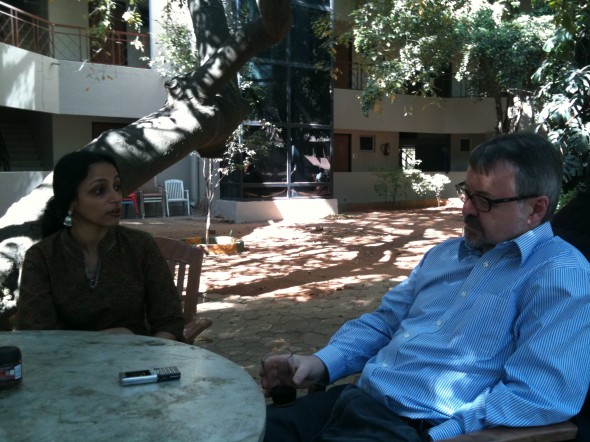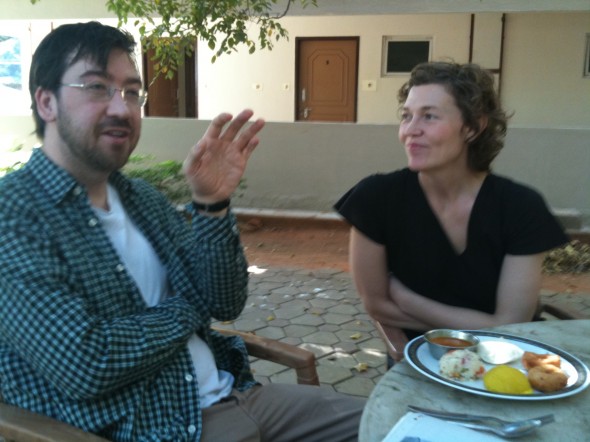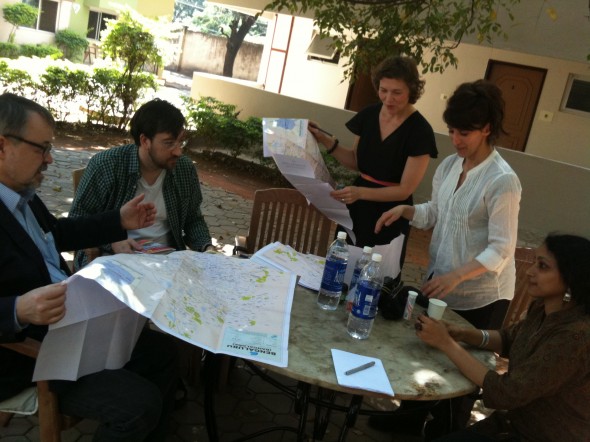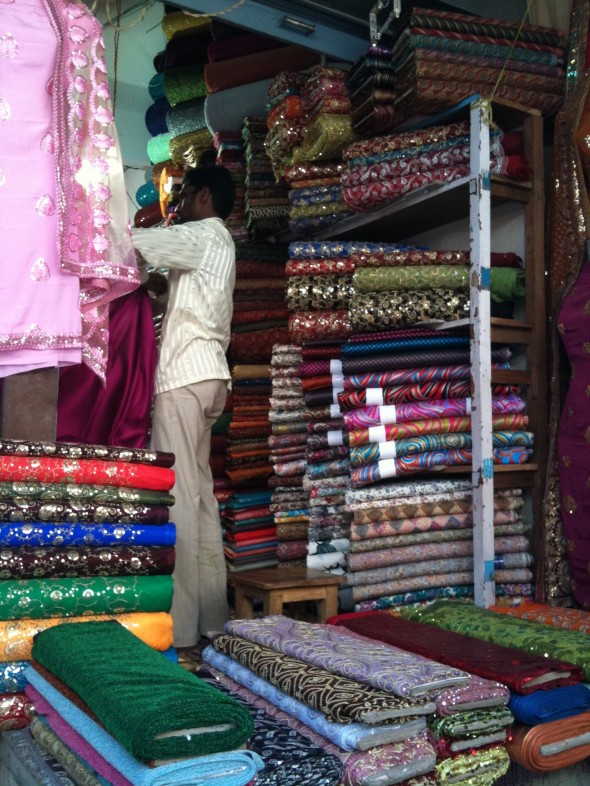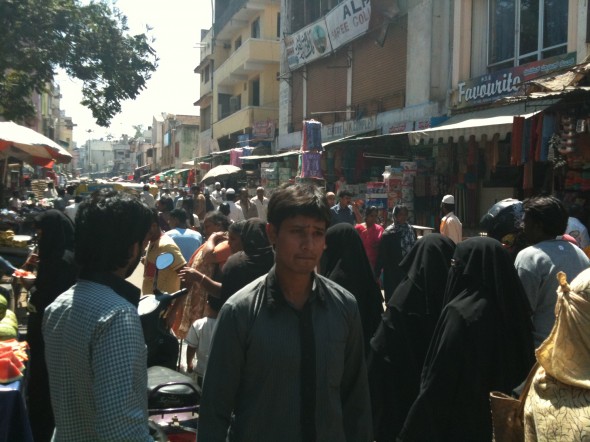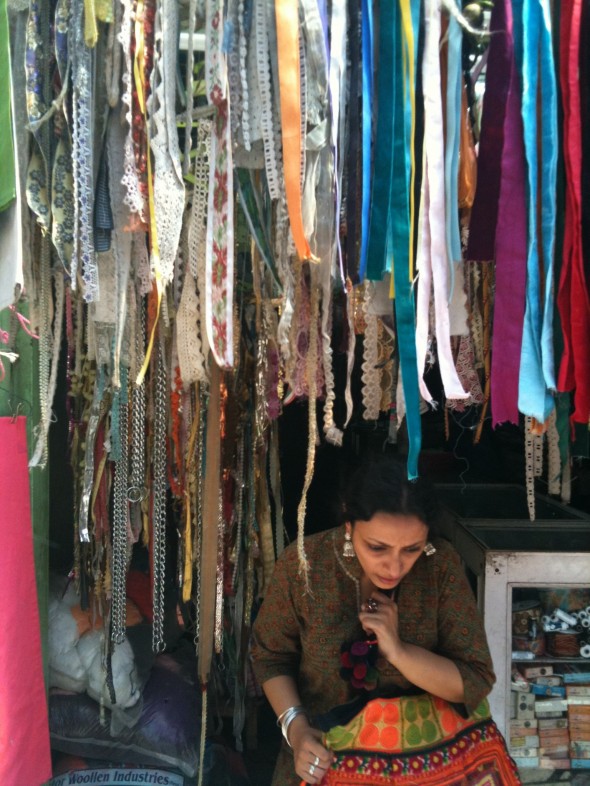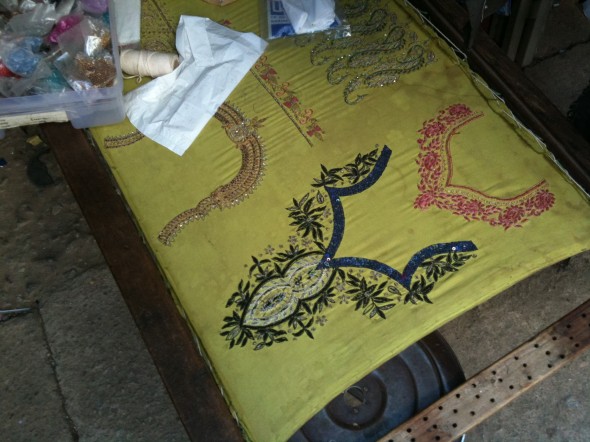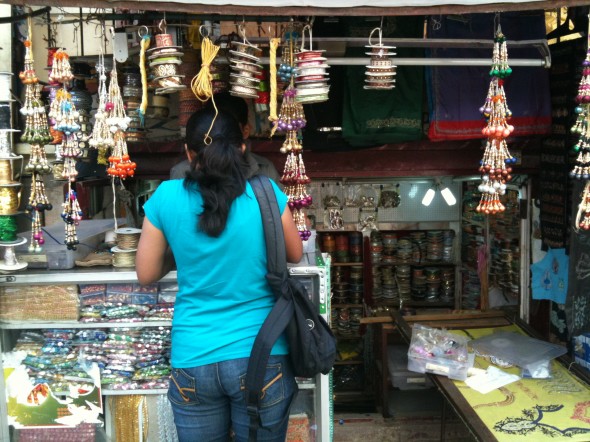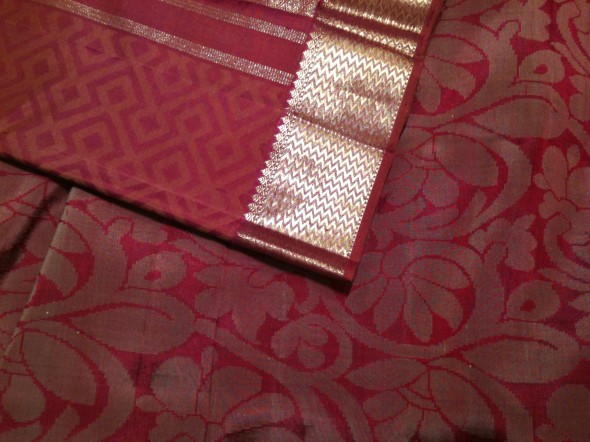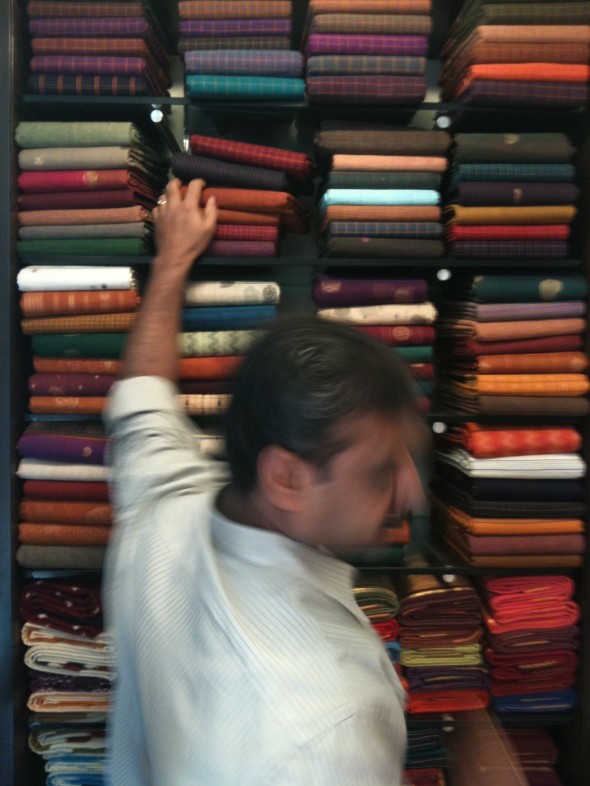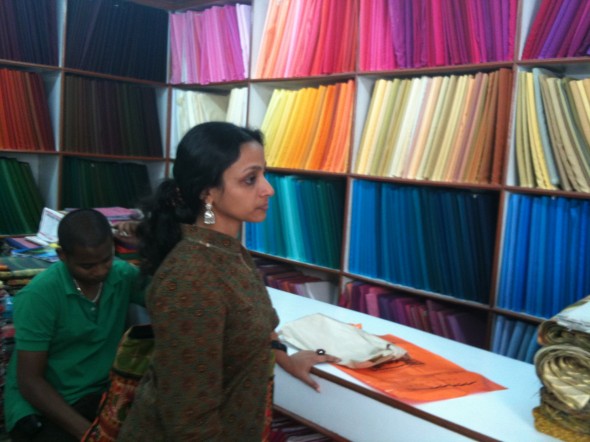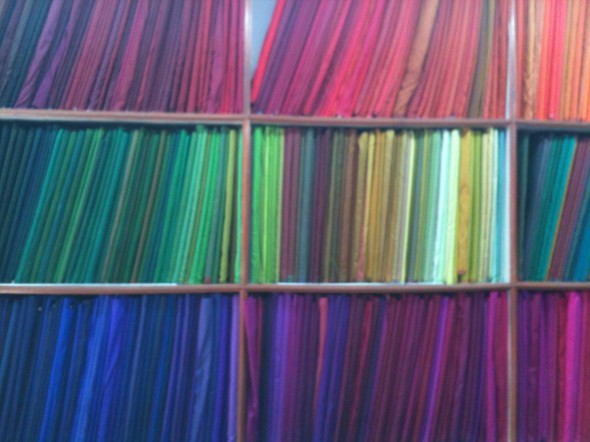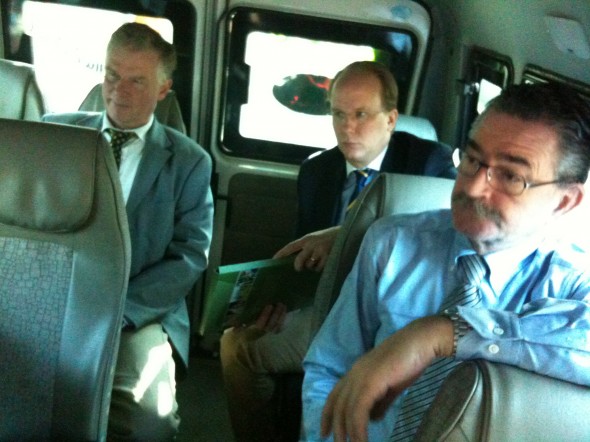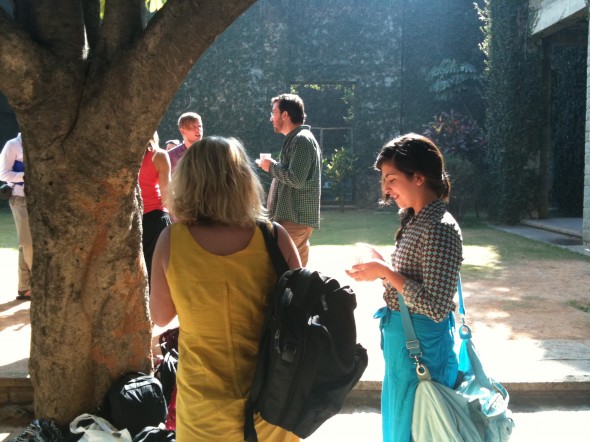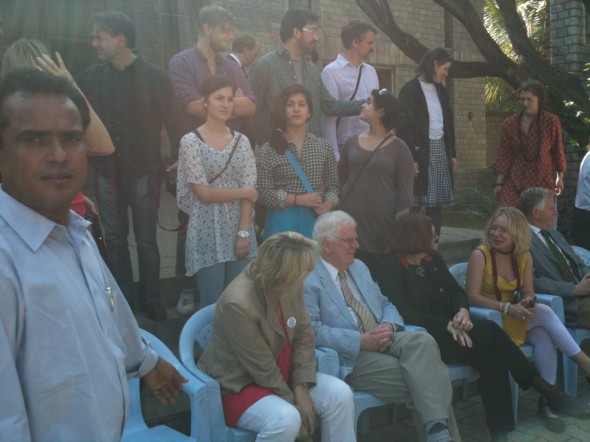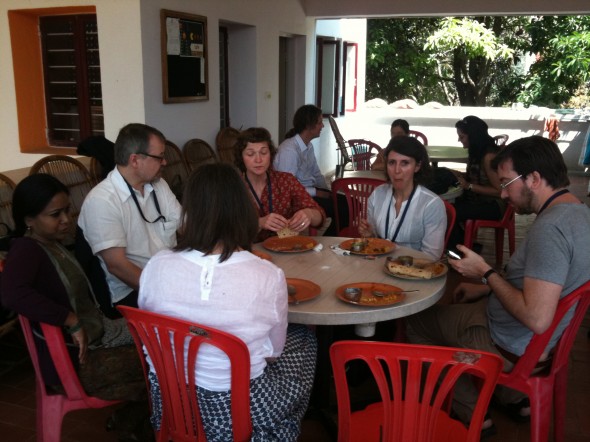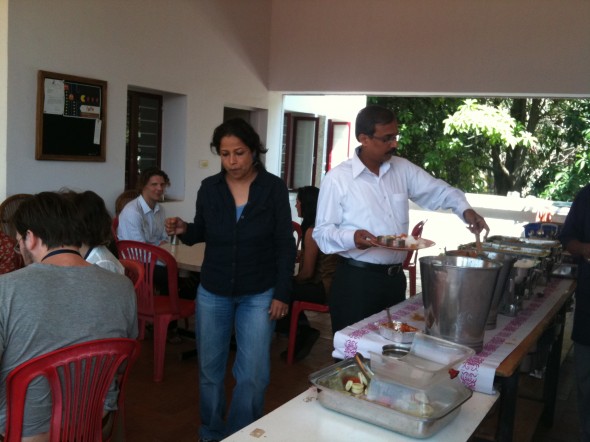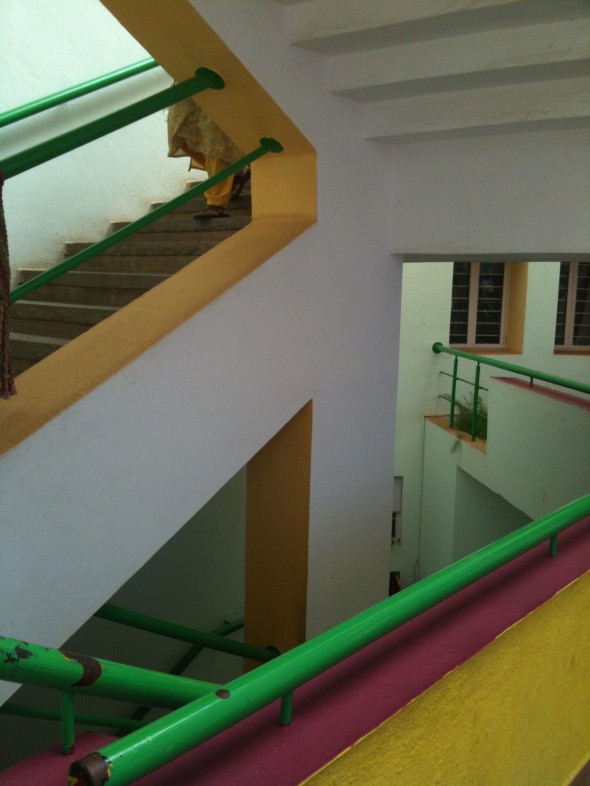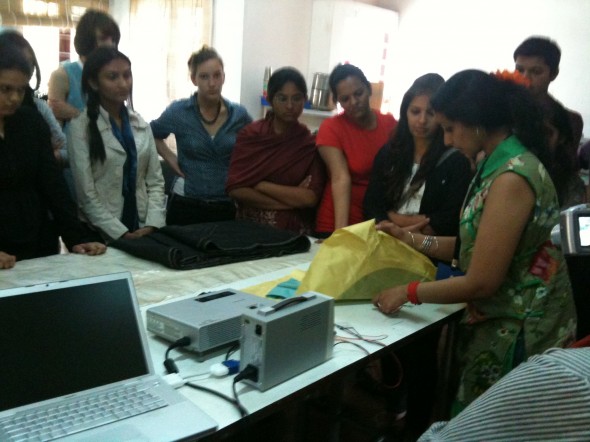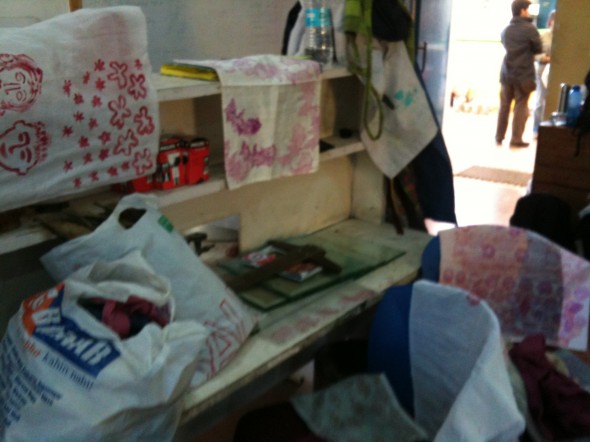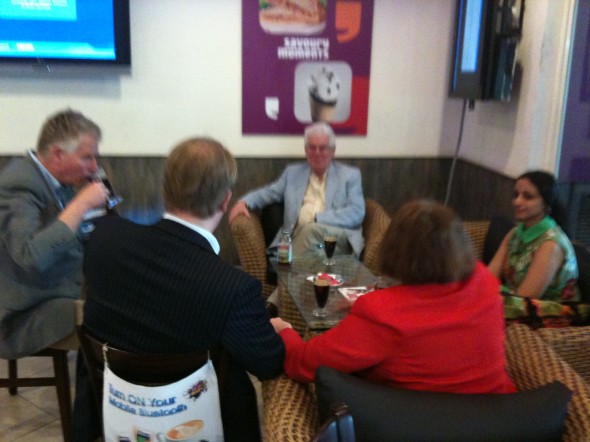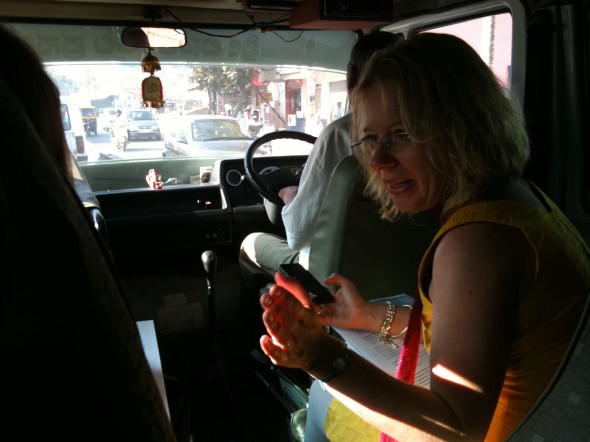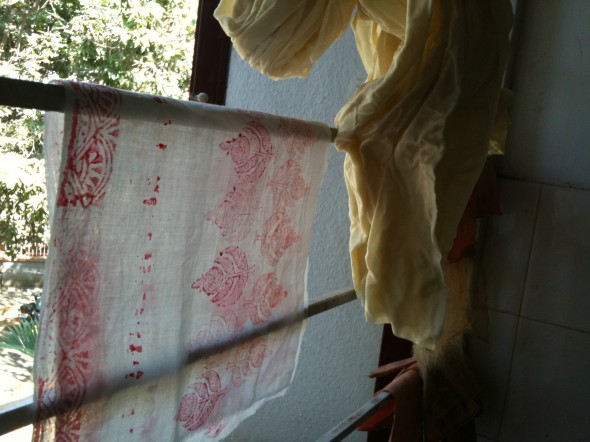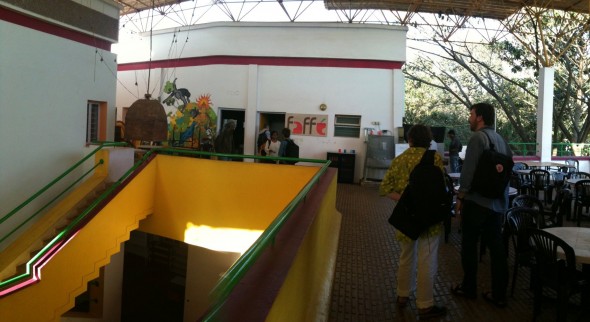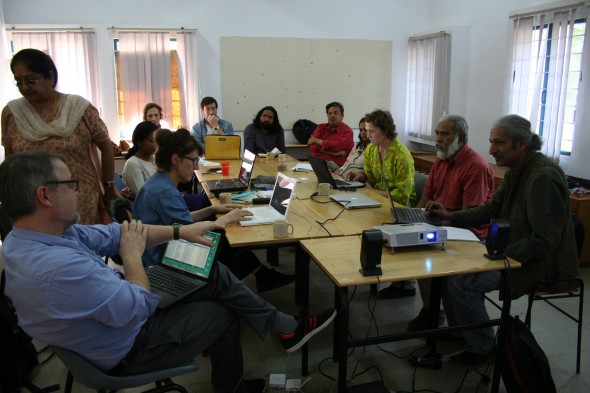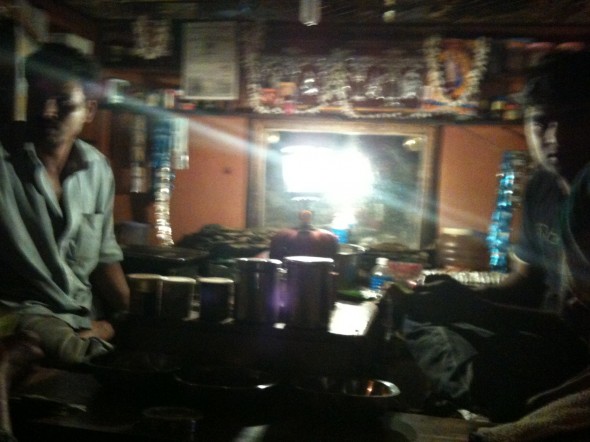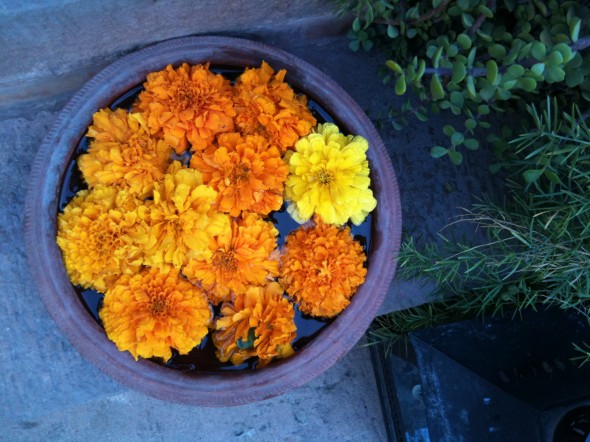Smart Textiles Design Lab Blog at The Swedish School of Textiles
Västra Götaland goes Karnataka 5-13 February

Smart Textile Design Lab will be represented in the delegation from VGR (Västra Götalandsregionen) that will visit Bangalore, India in February.
We will give a workshop and presentation on Smart Textiles at Srishti School of Design and Technology, Bangalore.
We will also be a part of the “Conference of Failures and Social Design”, give a presentation and join a discussion with Indian and Swedish cultural politicians, visit the Attakkalari Dance Theatre Festival, other themes and workshops are related to film, storytelling and round table discussion on culture, life science and sustainability
Partners:
Alternative Law Forum, Bangalore
Chalmers tekniska högskola
Högskolan för design och konsthantverk, Göteborgs universitet
Indian Institute of Management, Bangalore
Konstnärliga fakulteten, Göteborgs universitet
Srishti School of Design and Technology, Bangalore
Textilhögskolan, Borås, local agent: Linda Worbin
For more information http://vgregion.se/kultur/indienrapport
Do you want to do a project in India? VGR have a call out for funding:
http://www.vgregion.se/sv/Vastra-Gotalandsregionen/startsida/Kultur/Stod-till-kulturutovare/Internationella-stipendier/
Smart Textiles a hands-on workshop with dynamic textile patterns
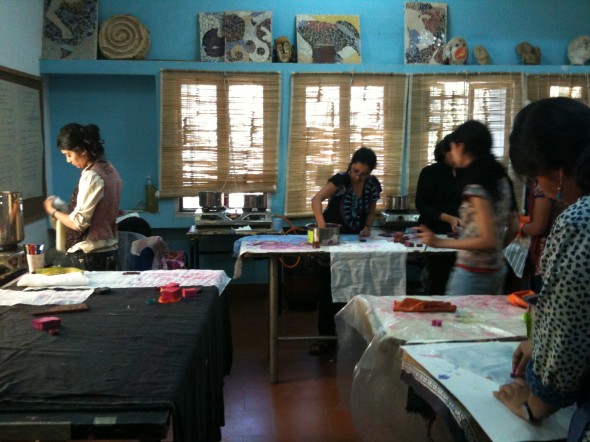
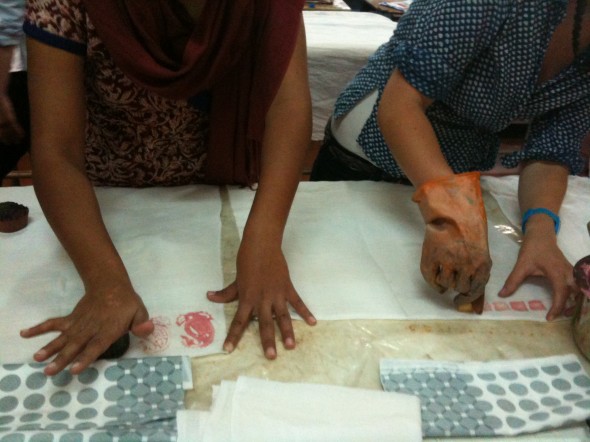
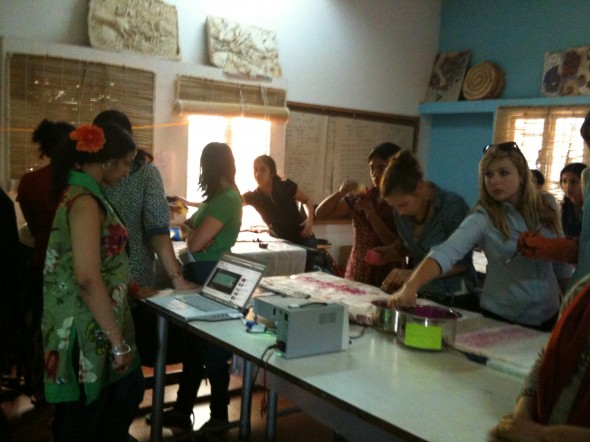
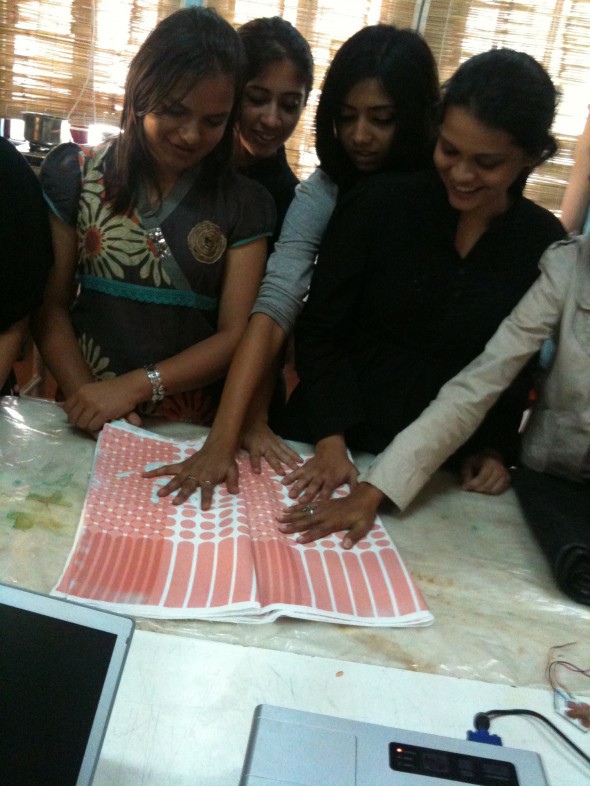
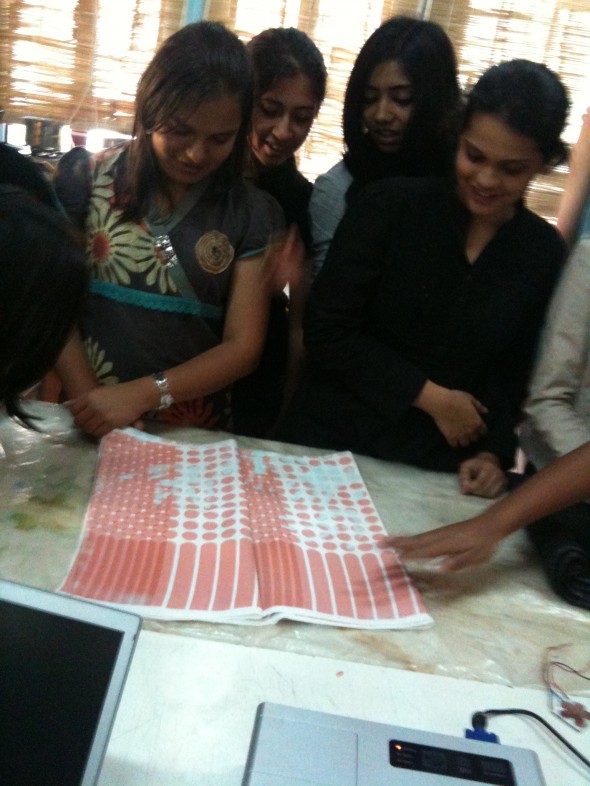
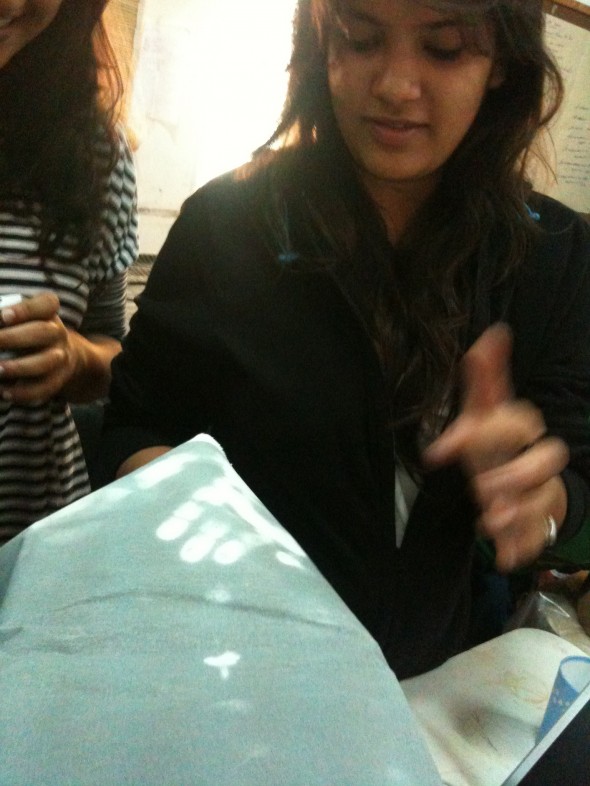
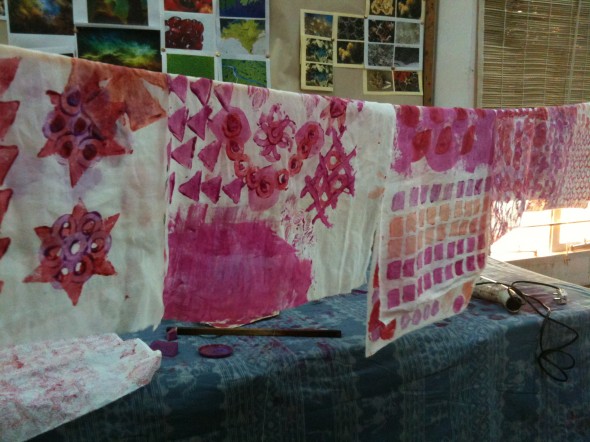
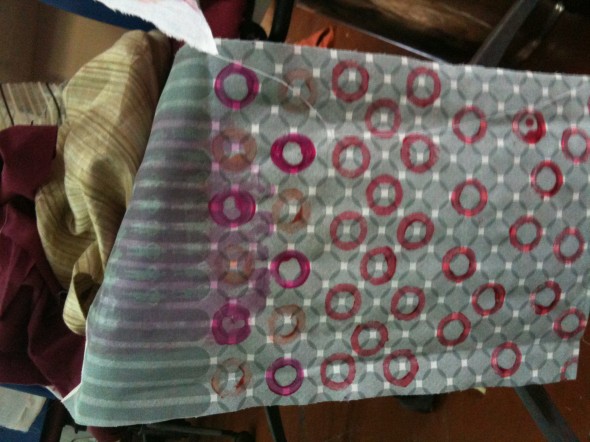
On Tuesday 8th of February Linda Worbin and Mili Tharakan arranged a one-day workshop at Srishti School of Art, Design and Technology in Bangalore, India.
Textile design students were introduced to smart textiles as Linda Worbin presented an overview of her PhD thesis “Designing Dynamic Textile Patterns”. During the workshop the students worked with heat sensitive materials and TC (thermochromic ink) using block printing technique. The aim of the workshop was to introduce and discuss smart textiles with Srishti´s textile students.
The students tried mixing colour with TC before printing with it. When TC is heated the colour temporarily disappears and the original colour of the fabrics becomes visible. When TC is mixed with a conventional pigment the colour will change from e.g. pink to blue. During the workshop we used a magenta that reacts with a colour change at 27°C and one red TC reacting with a colour change at 47°C. The heat from fans, sunlight, body parts and breath was used to create the colour change. The students also used some preprinted TC fabric from Smart Textile sample collection – a single coloured grey that changes to white, a grey pattern that changes to light blue and a pink print that changes to light blue.
The students were really interested and enthusiastic about the colour changing effects. They even wanted to learn about advanced techniques, for example how to integrate electronics and how to program and control textiles in different manners.
The students were asked to reflect upon possibilities using heat sensitive textiles. Some of the ideas concerned using dynamic textile patterns for toys, clothes and to create new expressions for textile art. We also briefly discussed smart textile and craft, and how smart materials may influence different textile traditions.
Mili Tharakan is about to spend one year as a guest researcher at the Smart Textile Design Lab at the Swedish School of Textiles in Borås, Sweden. The theme for the collaboration is combining Smart Textile and Craft.
